One of the most common questions teachers ask at the end of a unit on the Reconstruction era is “Was Reconstruction a success or a failure?” And it’s no accident.
State and school district standards across the country ask students to, in the words of one Texas state standard, “describe and analyze the successes and failures of Reconstruction.” Textbooks and curriculum follow suit. In their “Topic Closer” on Reconstruction, U.S. History Interactive, published by Savvas Learning Company — formerly Pearson K12 Learning, asks students to write on what they have learned about the “successes and failures” of “Reconstruction measures.”
However, the debate about the “successes and failures” of Reconstruction was framed by the racist and discredited Dunning School. This group of historians argued that Reconstruction “failed” due to the faults of Black people. As Dunning School historian William Watson Davis wrote in The Civil War and Reconstruction in Florida, “The attempt to found a commonwealth government upon the votes of an ignorant negro electorate proved a failure. It was an injustice to blacks and whites.” . . .
The Dunning School interpretation of Reconstruction remained the dominant portrayal of the era until the Civil Rights Movement forced a reexamination of Black history in the 1960s. Yet despite decades of new scholarship on Reconstruction, K–12 curriculum is still too often stuck in a framework shaped by the Dunning School. As the Zinn Education Project report on Reconstruction state standards argues:
The “successes and failures” framing often neglects to ask “for whom?” and encourages inaccurate and white supremacist Reconstruction education today. It undercuts the era’s on-the-ground movements, disconnecting the actions of people from the consequences of history. It belies the radical possibilities, unparalleled civil rights progress, and devastating white supremacist terror that are all so characteristic of Reconstruction. It assumes a sense of passivity, often asking students to consider only elites or vague monolithic entities like entire states or bodies of government as primary actors building toward inevitable outcomes. In so doing, this framing separates the genuine achievements of Reconstruction from the coalitions of Black people who made them possible and the racist dismantlers who deliberately rolled them back.
For several years, I’ve been ending my unit on Reconstruction with a better question: “Who — and/or what — Killed Reconstruction?” Most textbook accounts point the finger exclusively at the Ku Klux Klan and white supremacist terrorists who violently attacked Black people and their allies throughout the South. With my Rethinking Schools colleagues Bill Bigelow and Ursula Wolfe-Rocca, I co-wrote a trial role play that encourages students to take a broader view of Reconstruction’s demise looking at the role of the major political parties and their wealthy backers, the racism of poor white people, and the systems of white supremacy and capitalism.
The trial begins from the premise that the death of Reconstruction was a terrible crime with disastrous consequences for the United States and the world.
Continue reading this article with the trial role play lesson at Rethinking Schools.
Classroom Stories

It’s not often that you find teenagers volunteering information about what’s happening in history class to their parents, but during family conferences, families wanted to know more about this “trial” that their students had been talking about. A set of twins compared notes across classes on the drive home from school, another student had his mom call her friend who was a DA to help prepare for the big day. It was conversations like these that made me grateful for the Reconstruction trial activity.
I was impressed with our freshmen students tackling such complex topics with confidence — supporting their arguments with evidence and pushing one another to defend their thinking. This activity not only provided an opportunity for students to engage with meaningful questions and information, but it also helped to solidify our learning community and prompted students to write well-crafted essays.
It was so gratifying to see the many directions that students took their writing. Some explored the question “How does one prosecute a system?” Others explored “How are white supremacy and capitalism dependent on one another?” Others explored the ways in which the poor white community was manipulated by those in power. Although, of course, there are ways in which I will adapt this learning for current students, I can’t imagine teaching this unit again without it.
Over the years, I have struggled to find a way to teach Reconstruction in a manner that is meaningful, engaging, and reflective. One of my first attempts included the use of Foner’s massive text on Reconstruction. I’ve also done screenings of Henry Louis Gates’ fantastic documentary series on Reconstruction. But I haven’t had success in getting students interested in understanding how and why Reconstruction failed — until I used the lesson Who Killed Reconstruction?: A Trial Role Play. Not only did my students love the lesson, I was able to implement the lesson with little outside work.
Thank you for making this history approachable! This is just one of many Zinn Education Project lessons I’ve used over the years, and is by far at the top of my list — right up there with the COINTELPRO lesson. I love that I can share my experiences using ZEP lessons with colleagues and know that they will have great outcomes with their students as well.

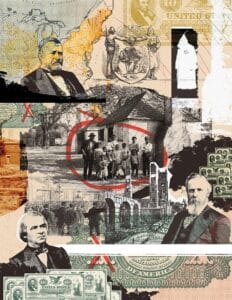
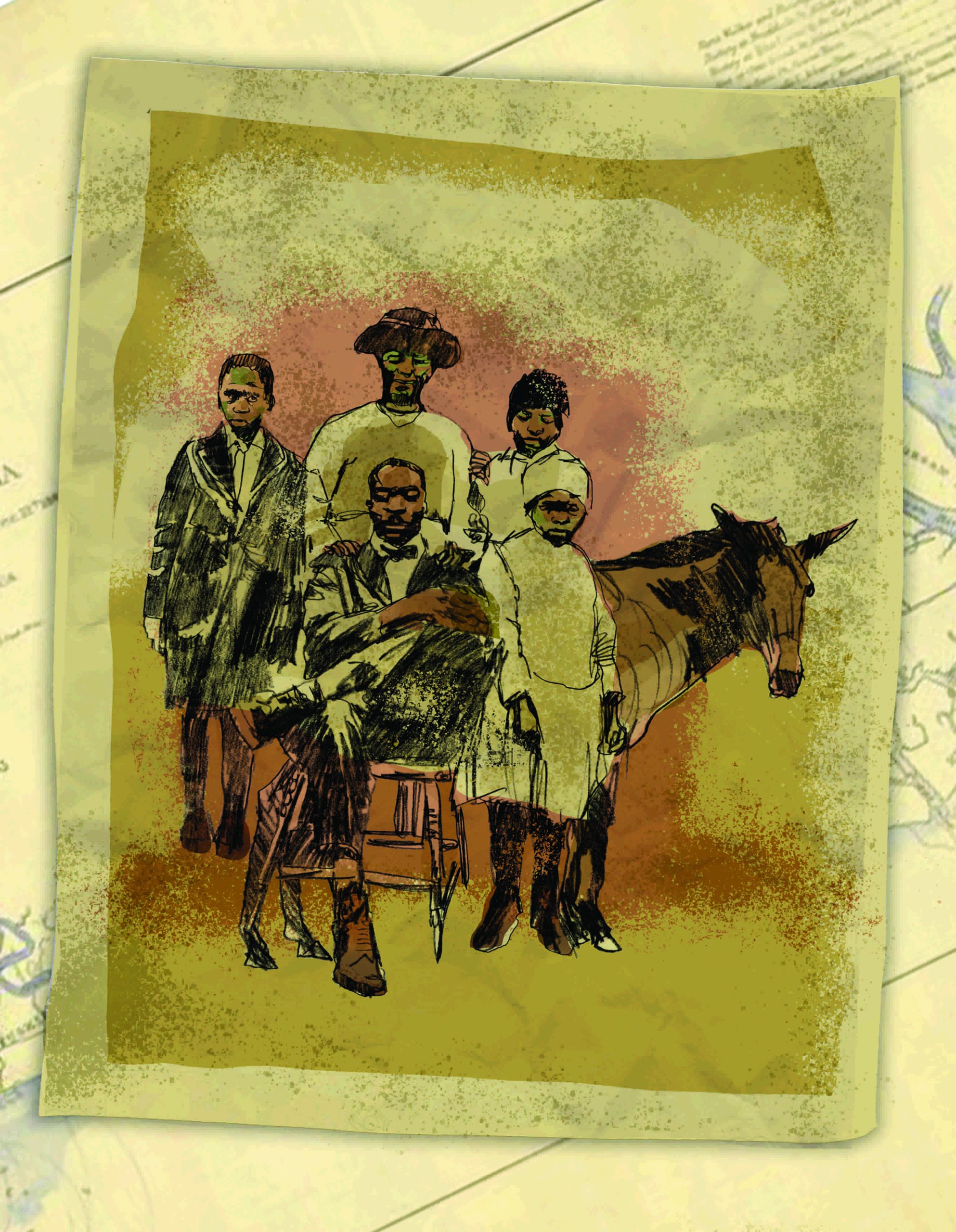
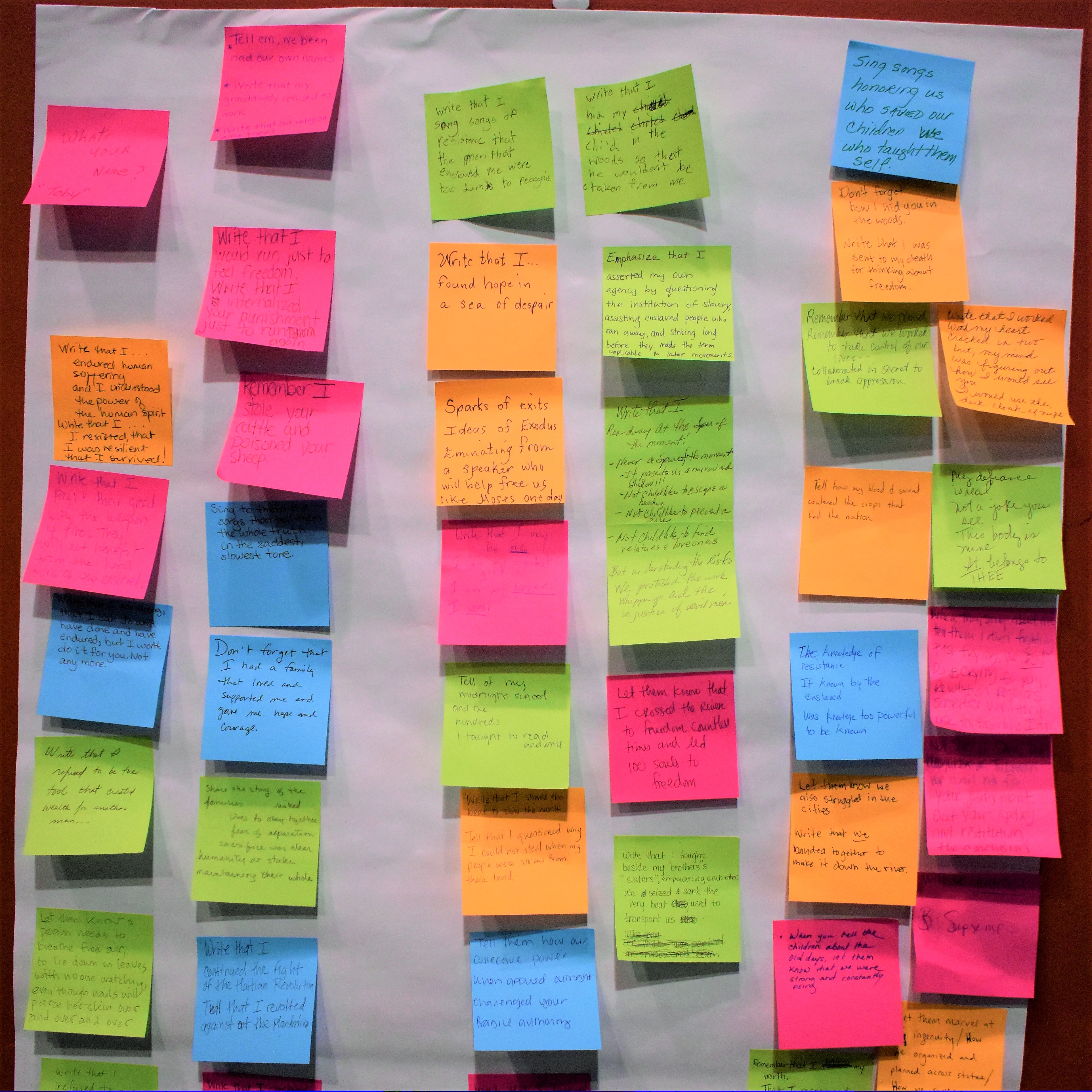
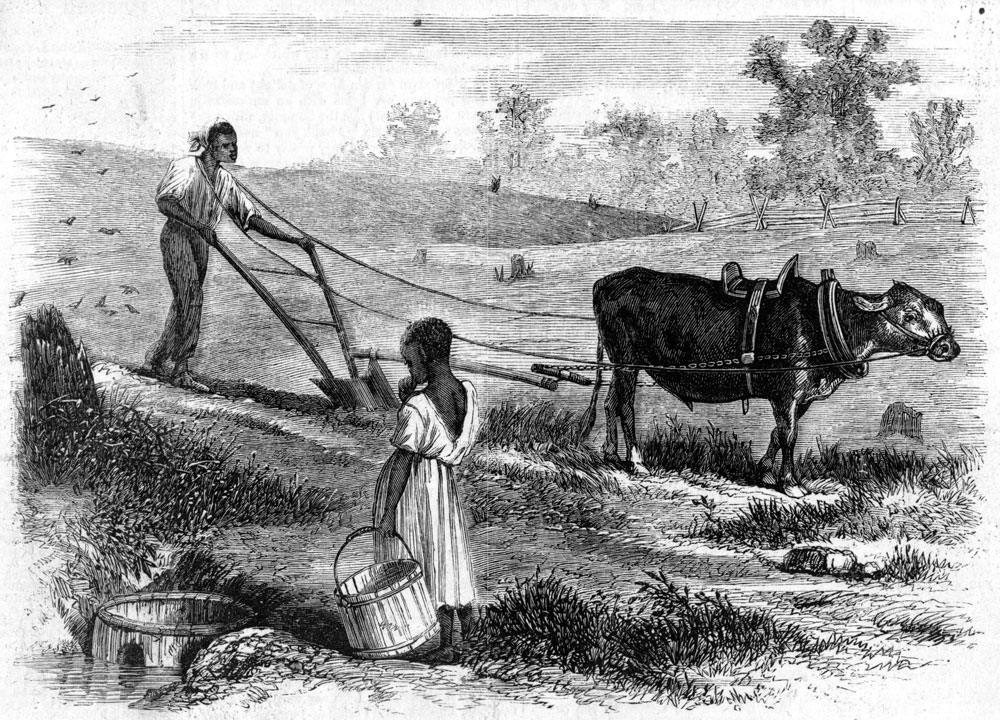
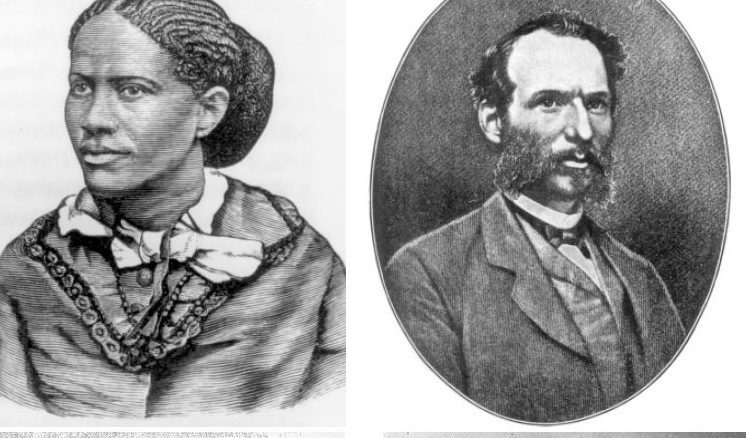
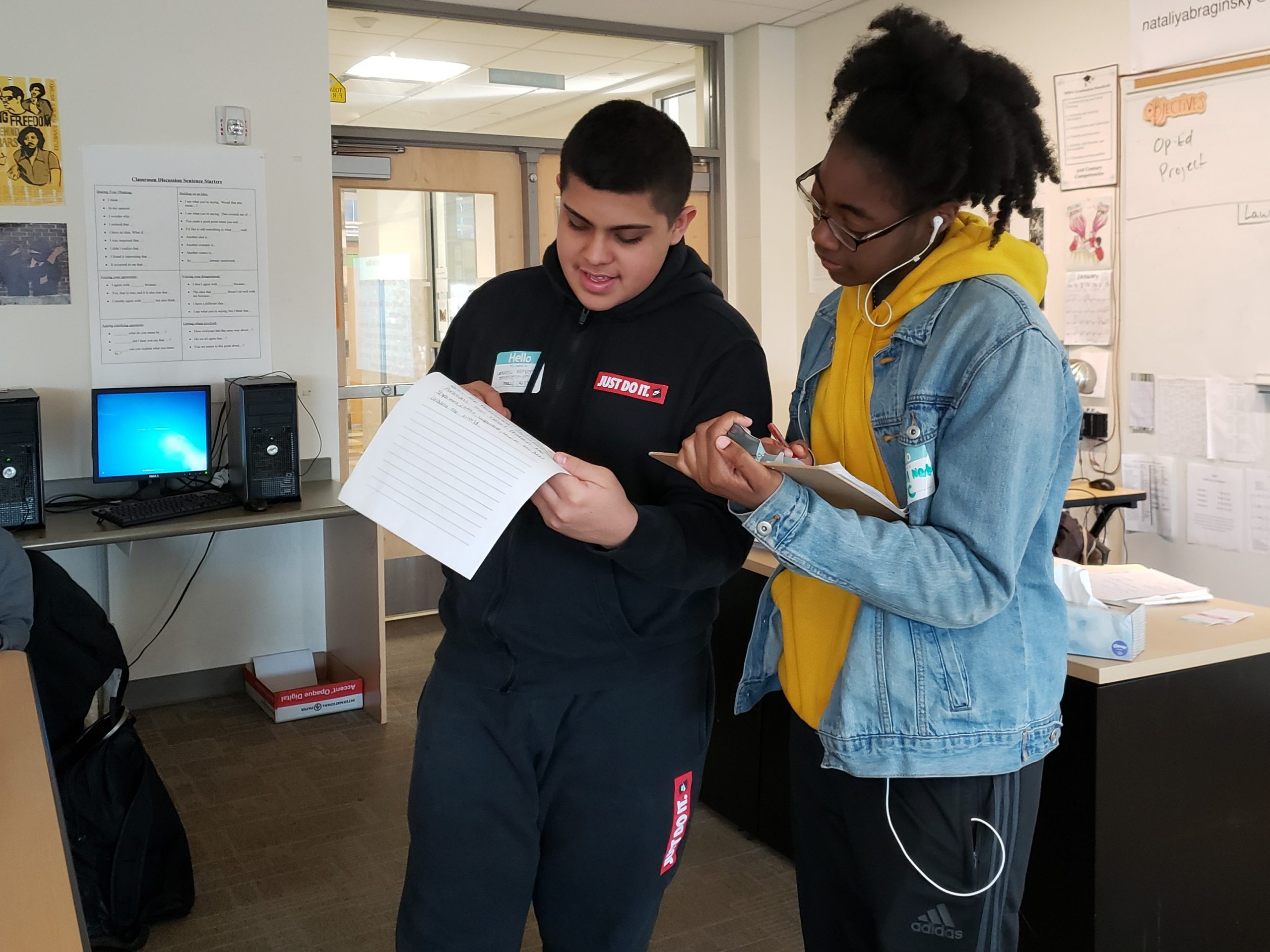
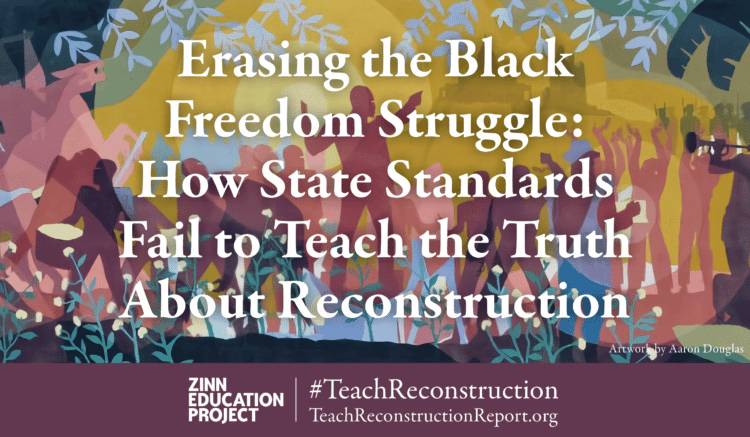
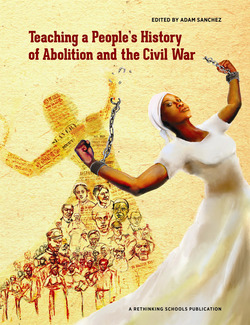






Twitter
Google plus
LinkedIn